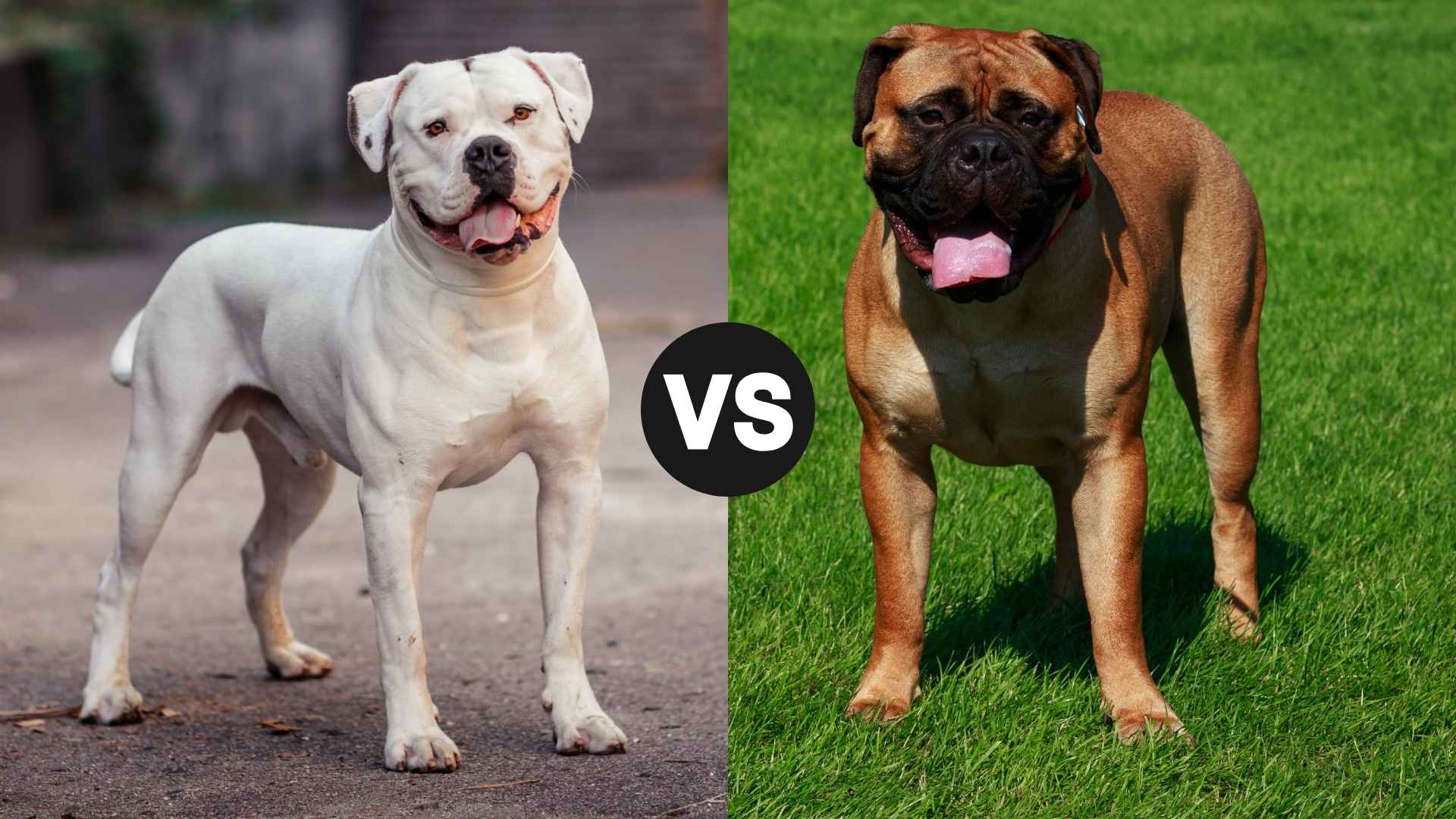When it comes to sheer strength wrapped in loyalty, the American Bulldog and the Bullmastiff stand tall—and often side by side in many dog lovers’ wish lists. These muscular powerhouses may share a similar imposing stature, but their personalities, needs, and histories paint two very different pictures.
The American Bulldog is a lively, athletic breed with a big heart and a protective streak that makes it a loyal family guardian. Bred originally to work on farms, it combines muscle with surprising agility.
On the other hand, the Bullmastiff, with its roots as a gamekeeper’s protector, is calm, confident, and powerful—a silent guardian that exudes quiet strength.
Choosing between these two is like deciding between a sprinter and a heavyweight boxer—both impressive, but built for different roles. Here, we’ll unravel the distinct traits of each breed to help you figure out which one matches your lifestyle, energy level, and home environment.
Get ready to meet two of the canine world’s most devoted guardians!
American Bulldog vs. Bullmastiff
Comparison of Size and Weight
Size definitely matters when you’re talking about these two breeds. While both are impressively built, their size and weight differences can make a big impact on daily life with your canine companion.
American Bulldog:
The American Bulldog is like the gym rat of the dog world — strong, athletic, and surprisingly agile for their size. Descended from working farm dogs, they were bred for stamina, strength, and versatility.
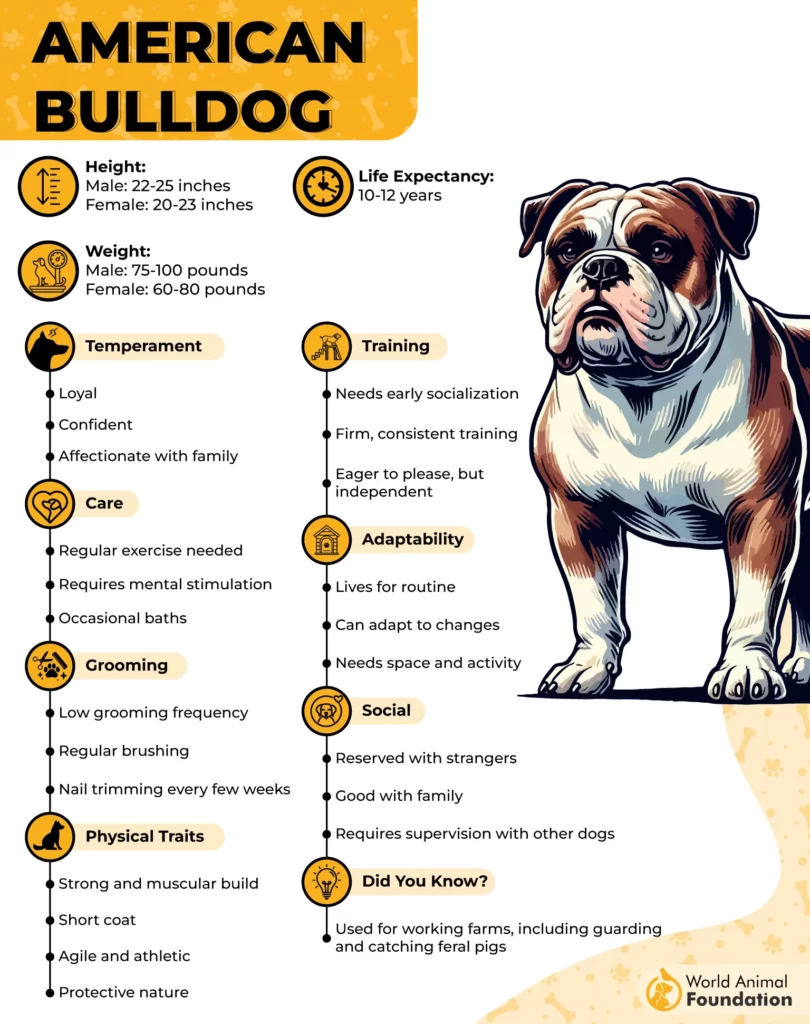
Size & Weight:
Height: 20–28 inches at the shoulder
Weight: 60–120 pounds
Body Type:
Lean, muscular, athletic build
Broad chest, powerful shoulders
More “ripped sprinter” than “heavyweight wrestler”
Fun Fact: Don’t let the word bulldog fool you — American Bulldogs are far more agile and energetic than many people expect. They’re basically big, goofy linebackers who love to run.
Bullmastiff:
According to AKC, the Bullmastiff is a fearless worker and a calm, gentle companion at home. This large, muscular guardian originally tracked and restrained poachers in old England — though we imagine it wasn’t quite so merry for the poachers themselves!
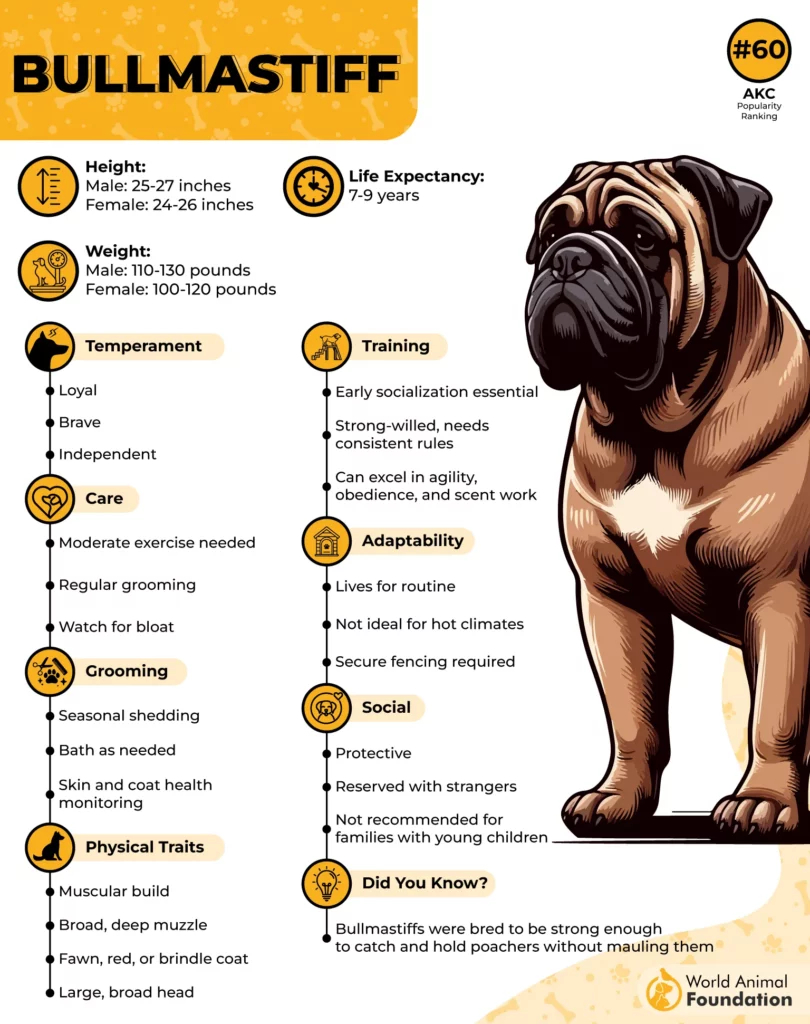
Size & Weight:
Height: 24–27 inches at the shoulder
Weight: 100–130 pounds
Body Type:
Stocky, thick-boned, massive build
Wide head, short muzzle, heavily muscled
More “bouncer at the nightclub” than “nimble athlete”
Fun Fact: Despite their size, Bullmastiffs can move surprisingly fast in short bursts — but after that, they’re quite content to nap on your sofa like a 120-pound lapdog.
Personality and Temperament Overview
Both the American Bulldog and Bullmastiff are big, powerful dogs, but when it comes to personality, they couldn’t be more different. Let’s take a closer look at what makes each of these gentle giants tick.
American Bulldog:
The American Bulldog is like your super-fit best friend who loves adventure, is always up for a game, and still gives you giant bear hugs. They’re powerful but also goofy, loyal, and full of life.
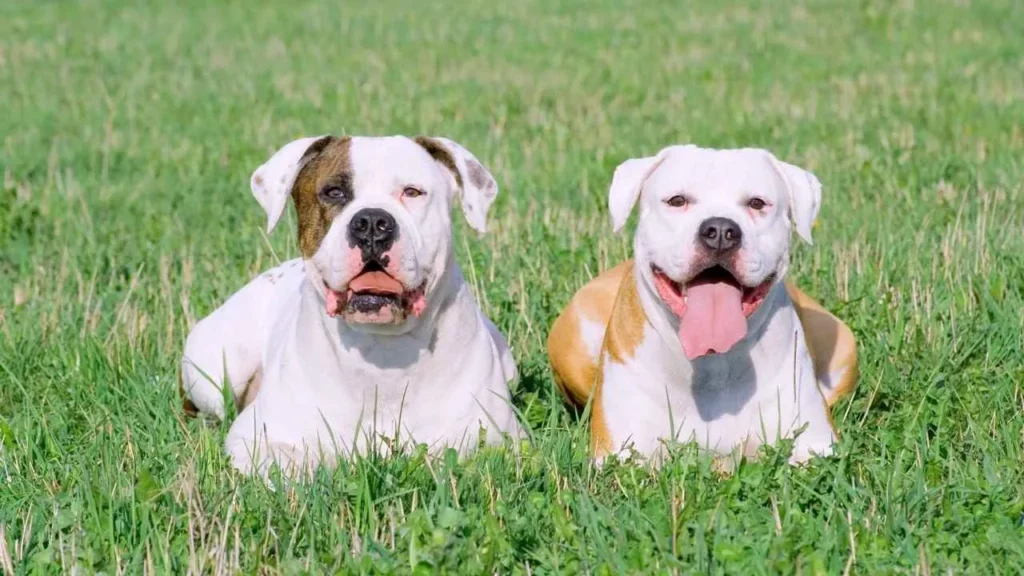
Main Personality Traits:
✔ Always ready for fetch, tug-of-war, or chasing after pretty much anything that moves.
✔ Deeply attached to their family, they thrive on human interaction and affection.
✔ They can be gentle with children, but don’t always know their own strength — supervision is key.
✔ Strong natural guarding instincts; they’re alert and will stand up for their family.
✔ Purina says American Bulldogs are fast learners with a surprisingly sensitive side despite their hefty build. They can be easy to train, but their quick learning cuts both ways — they pick up bad habits just as quickly as good ones, and once they’ve learned something, it tends to stick!
✔ They have a silly, clownish side that keeps their humans entertained daily.
Bullmastiff:
The Bullmastiff is like the calm, watchful friend who prefers to observe but will step in instantly if something isn’t right. Known as “The Silent Watcher,” their protective instincts run deep, but they’re wonderfully affectionate with their people.
Main Personality Traits:
✔ Naturally laid-back and not overly excitable. They’ll often prefer chilling over chasing.
✔ Fearless but controlled — they assess situations calmly and react when necessary.
✔ They’re affectionate and loyal, they adore their family, and often think they’re lapdogs despite their massive size.
✔ Very tolerant and gentle with children (again, supervision is always recommended).
✔ Not aggressive but naturally suspicious of unfamiliar people.
✔ Less likely to chase smaller animals compared to many other breeds.
✔ They’re smart but independent — patient, consistent training works best.
Adaptability and Level of Independence
American Bulldog:
The American Bulldog is like your extroverted, active friend who thrives when surrounded by people and activity. While adaptable, they really want to be involved in the family’s daily life.

Adaptability:
Good for various living situations — house, farm, or even an apartment if their exercise needs are fully met (and that’s a big “if”).
Needs activity: Not ideal for couch potato owners. They do best in homes with a yard or access to regular outdoor activities.
Very family-oriented: They love being part of the family and don’t enjoy being left alone for long periods.
Independence Level:
Moderate independence, but very people-oriented.
They’re confident, but not loners — they’ll follow you from room to room.
Prone to separation anxiety if left alone too much — they like their humans nearby.
Bullmastiff:
The Bullmastiff is like that calm, introverted friend who loves you deeply but doesn’t need constant interaction to feel content. They were bred to guard property independently, and that DNA still runs strong.
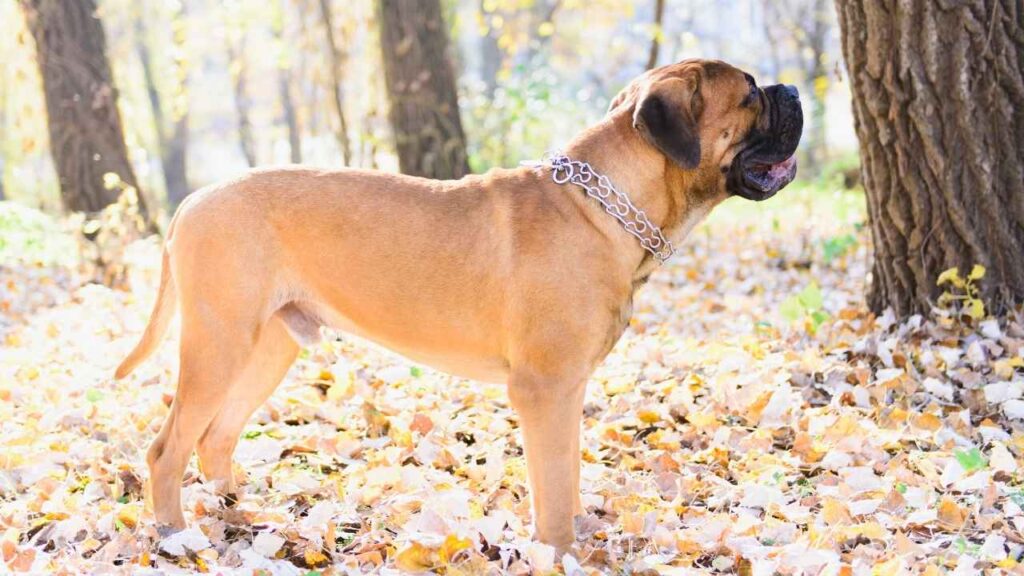
Adaptability:
Highly adaptable to home life — they’re surprisingly good for apartment living (as long as space allows for their size).
Low energy indoors: They don’t require a huge yard if given daily walks and some outdoor time.
Handles alone time better: They’re not as prone to separation anxiety, but long-term isolation isn’t ideal either.
Independence Level:
High independence.
Content to nap and monitor their home without constant engagement.
Naturally confident decision-makers may act without waiting for commands if they sense danger.
Bite Force and Jaw Characteristics
Behind those big heads and muscular jaws lies some serious biting power, but just how strong are the jaws of the American Bulldog and Bullmastiff? Let’s sink our teeth into the facts.
American Bulldog:
The American Bulldog may not have the biggest head in the canine world, but don’t be fooled — these dogs pack serious bite strength.
Bite Force Estimate: 305–350 PSI (pounds per square inch)
(Exact numbers can vary depending on the individual dog.)
Jaw Characteristics:
Strong, muscular jaws designed for gripping, holding, and controlling livestock (original purpose).
Broad head with wide-set jaws.
Powerful, scissor-like bite that can exert tremendous force quickly.
While their bite is strong, American Bulldogs are generally more athletic and agile than sheer brute force chompers.
Fun Fact:
Their bite was historically used for tasks like catching cattle or wild hogs, so yes, nature equipped them with jaws that can hold their own!
Bullmastiff:
The Bullmastiff’s head is one of its most iconic features — broad, square, and seriously powerful. They were bred to physically restrain intruders without necessarily injuring them, but their bite means business if needed.
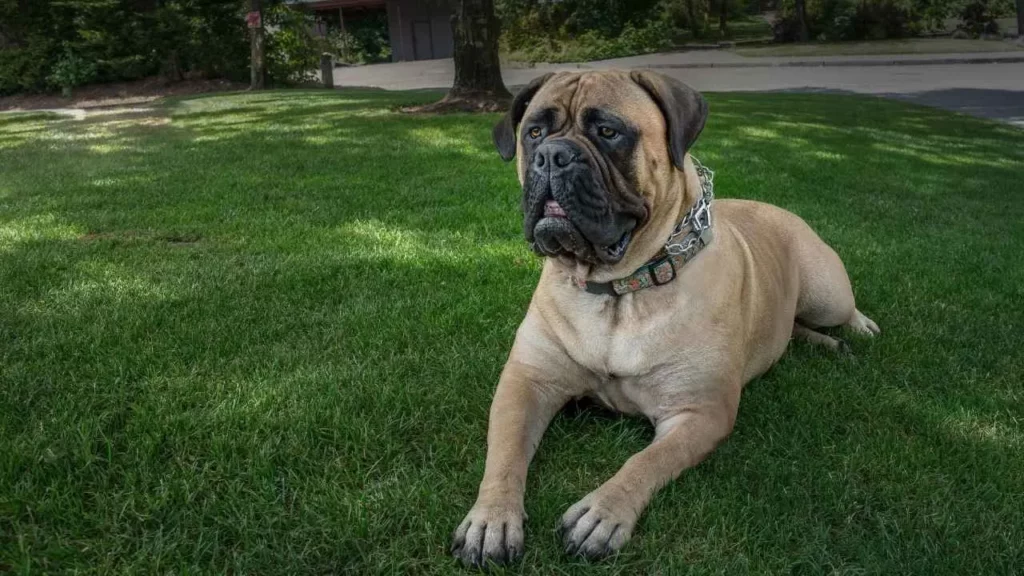
Bite Force Estimate: 500–550 PSI
(This puts them among the stronger biters in the dog world.)
Jaw Characteristics:
Incredibly broad and massive skull structure.
Large, square jaw capable of immense pressure.
Built for grappling and pinning rather than sustained chewing or gnawing.
Their jaws were designed more for holding people down than crushing, though crushing is definitely within their capability.
Fun Fact:
Bullmastiffs were known as “Gamekeeper’s Night Dogs” in England, tasked with catching and pinning poachers, not biting to injure but immobilizing with sheer physical dominance.
Health Conditions and Lifespan Analysis
While both breeds boast strength and resilience, like all dogs, they each come with their own set of health concerns and lifespan expectations — here’s what future owners should know to keep these giants happy and healthy.
American Bulldog:
Average Lifespan: 10–12 years
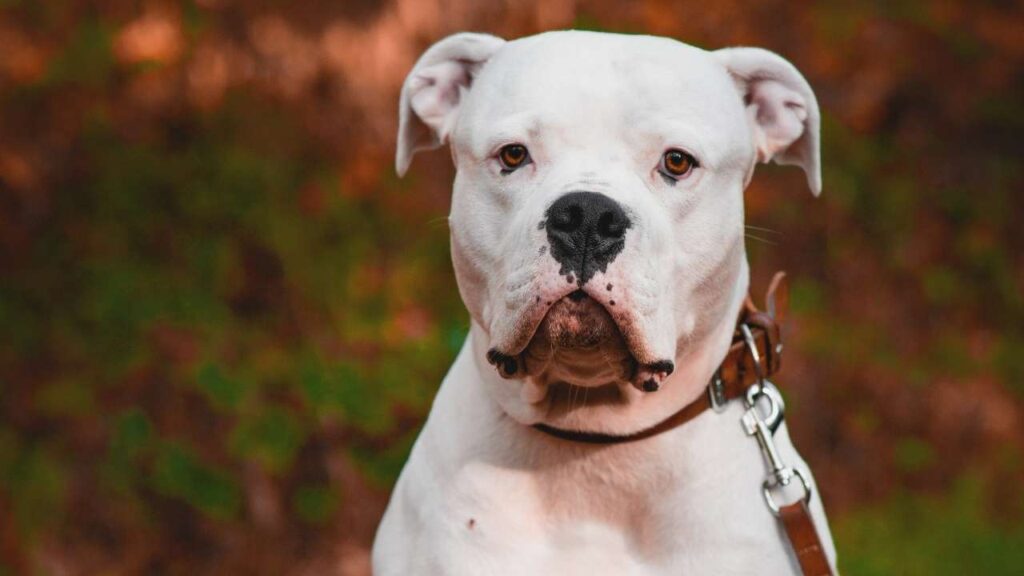
Common Health Conditions:
Hip dysplasia: Common due to their stocky build and active lifestyle.
Elbow dysplasia: Another joint issue they may face.
Cherry eye: A prolapse of the tear gland in the eye, fairly common in the breed.
Skin allergies & sensitivities: May develop rashes or hot spots.
Brachycephalic issues (milder): While not as flat-faced as some bulldogs, some American Bulldogs can still have breathing issues in extreme heat or humidity.
Thyroid issues: Hypothyroidism can occasionally occur.
Deafness: Some lines are prone to congenital deafness, especially in white-coated individuals.
Overall:
With good breeding, regular vet care, and a healthy lifestyle, American Bulldogs can live fairly long, happy lives — but their joints, skin, and eyes often need extra attention.
Bullmastiff:
Average Lifespan: 7–10 years
Common Health Conditions:
Hip and elbow dysplasia: Extremely common in large breeds.
Bloat (Gastric Dilatation-Volvulus): A life-threatening emergency that Bullmastiff owners must always be aware of.
Heart conditions: Particularly subaortic stenosis (SAS).
Cancer: Sadly, a fairly common cause of death in Bullmastiffs.
Hypothyroidism: A fairly frequent endocrine issue.
Eye problems: Including entropion (inward-turning eyelids).
Heat sensitivity: Like many large breeds with short muzzles, they do not tolerate heat well.
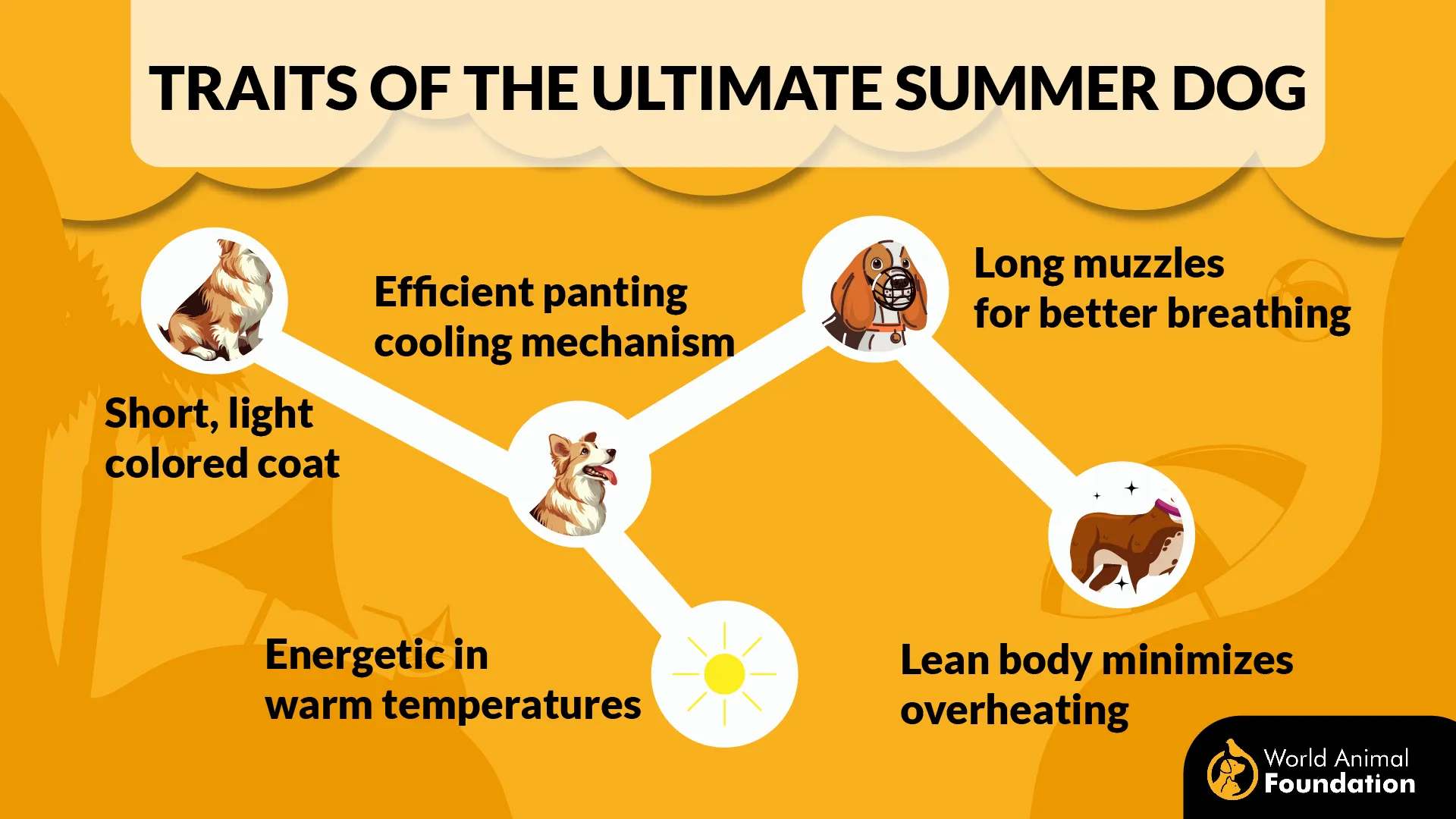
Overall:
As per Wikipedia, the Bullmastiff has a flat face and short muzzle, classifying it as brachycephalic. However, this facial structure typically doesn’t interfere with the breed’s breathing. Bullmastiffs are gentle, loving, and strong — but like many giant breeds, their shorter lifespan means potential owners need to be prepared for some serious health monitoring and proactive care.
Energy Levels and Daily Exercise Needs
When it comes to daily activity, both the American Bulldog and Bullmastiff bring very different vibes to the table — one’s your high-energy workout buddy, while the other’s your professional nap enthusiast who joins you for a casual stroll.
American Bulldog:
American Bulldogs may look like tough guys, but they’ve got energy for days. They thrive on action, movement, and having a job to do.
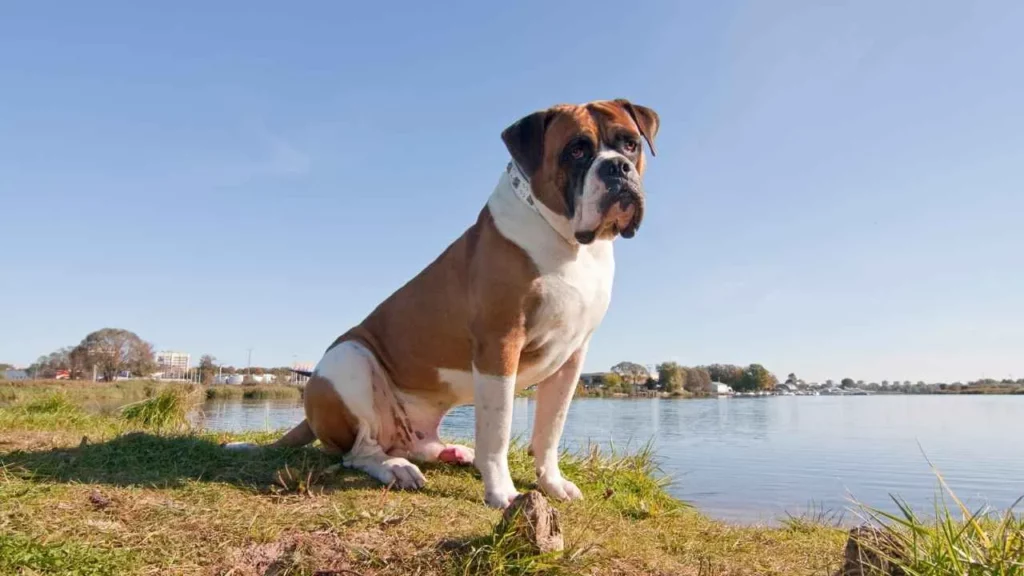
Energy Level:
High.
This breed needs regular physical and mental stimulation to stay happy (and out of trouble).
Daily Exercise Needs:
At least 60 to 90 minutes of solid exercise every day.
Long walks, runs, fetch, agility, tug-of-war, and strength-based games are perfect.
Mental stimulation is just as important — they love training sessions, puzzles, and challenges.
Bullmastiff:
Bullmastiffs may look intimidating, but underneath all that muscle is a surprisingly laid-back dog. They’re powerful, but they don’t crave hours of exercise.
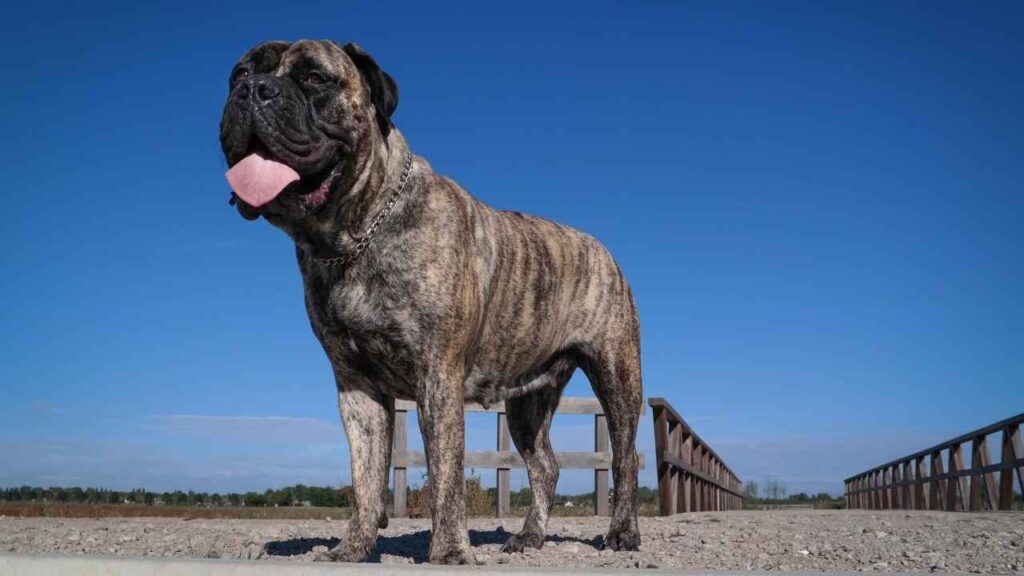
Energy Level:
Low to Moderate.
They’re happy with moderate daily activity and lots of lounging.
Daily Exercise Needs:
30 to 45 minutes of moderate activity is usually sufficient.
Daily walks, short play sessions, and light training.
Avoid overly strenuous or high-impact activities, especially while they’re growing, to protect those big joints.
Grooming Requirements and Allergy Considerations
While neither of these breeds will have you spending hours at the groomer, their grooming needs (and drool potential!) are worth knowing before you invite one of these big personalities into your home.
American Bulldog:
These guys are wash-and-wear dogs. Their short, tight coats make grooming a breeze, but there are still some things to watch.
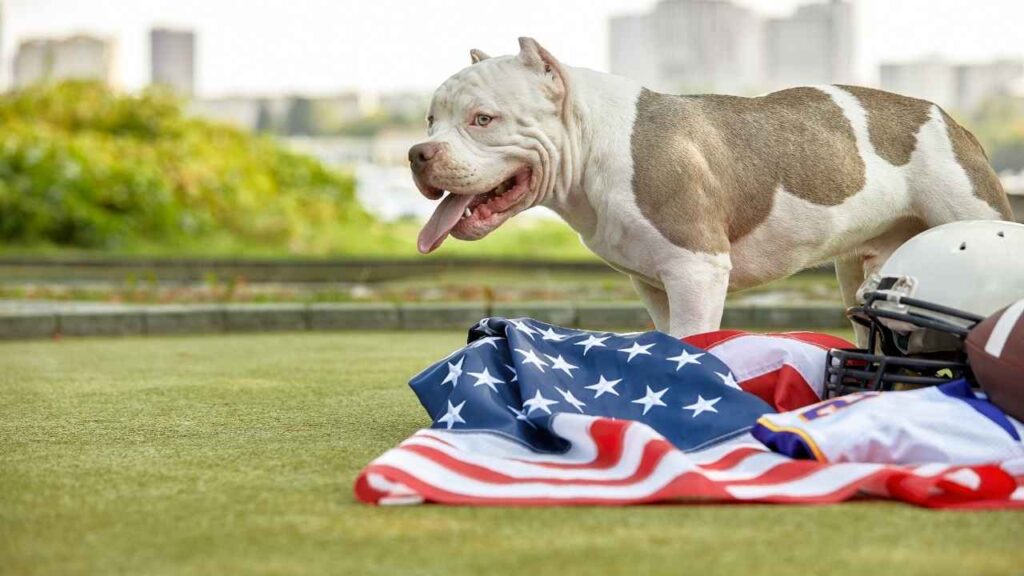
Grooming Needs:
Weekly brushing to remove loose hair.
Occasional baths (more if they love rolling in the mud).
Regular ear cleaning, nail trimming, and dental care.
Shedding:
Light to moderate year-round shedding.
Allergy Considerations:
Moderate allergy risk.
They do shed dander, but not excessively compared to heavy shedders.
Not hypoallergenic.
Reality Check:
You won’t spend much time brushing, but you may still find a few white hairs on your black pants.
Bullmastiff:
Bullmastiffs have short, dense coats that shed more than you might expect for their coat length, but grooming is still pretty simple.
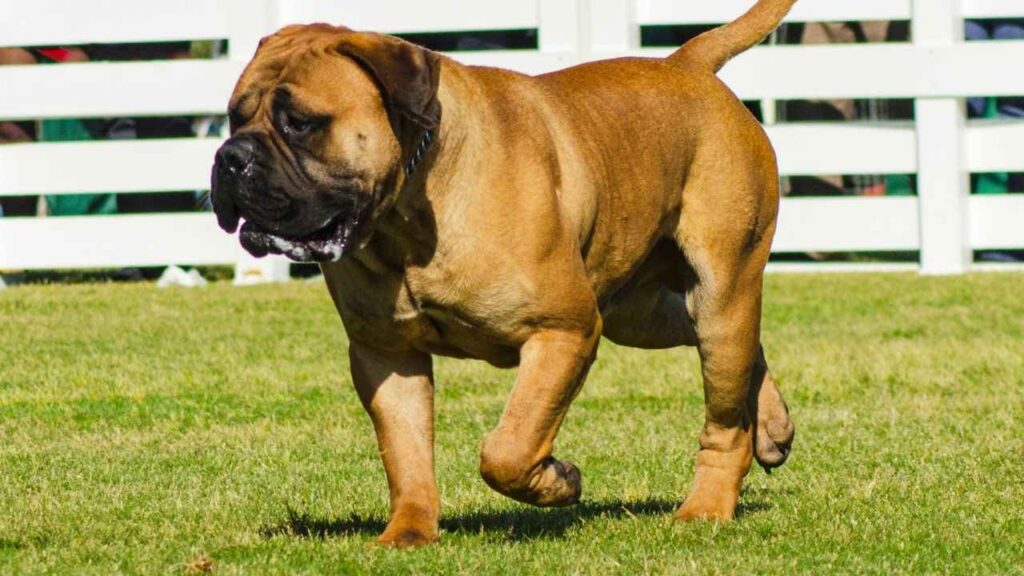
Grooming Needs:
Weekly brushing to manage shedding.
Occasional baths.
Regular attention to skin folds (to prevent infections), ears, nails, and teeth.
Shedding:
Light to moderate — but heavier during seasonal coat changes.
Allergy Considerations:
Moderate allergy risk.
Like the Bulldog, not hypoallergenic, but more tolerable for some allergy sufferers than heavy shedders.
Reality Check:
Low-maintenance groomers, but you’ll still be vacuuming occasionally, and cleaning drool off everything (yes, Bullmastiffs drool a bit more).
Conclusion
When comparing the American Bulldog and the Bullmastiff, both dog breeds have their own unique strengths. The Bullmastiff, often called Bull Mastiff, is known for being a calm yet powerful guard dog, making it a great family member and pet for those looking for protection and companionship. The American Bulldog, on the other hand, is part of the working breed group, known for its energy, strength, and determination. While both can be excellent choices for a first-time dog owner with the right guidance, they do require proper training, especially around other dogs, kids, adults, and strangers.
The Bullmastiff tends to be lazier, enjoying plenty of sleep, while the American Bulldog is often more active and can sometimes be demanding. Both breeds can become good dogs if raised correctly with structure and consistency. Like their relatives, such as the Cane Corso and Pitbull, they may occasionally bark, whine, or be a bit tricky, but with patience, they bring hope and joy to any household. Special attention is needed for the older one, as age can bring new challenges, but overall, both breeds can thrive in the right environment.


